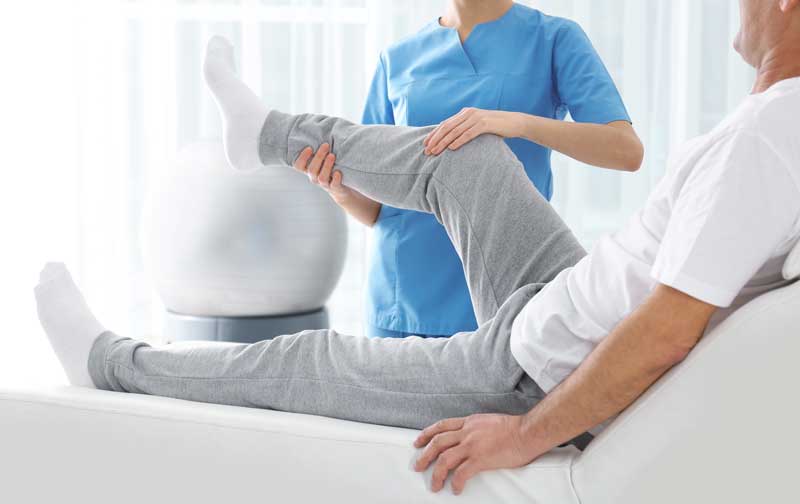Understanding Common Athletic Ailments and Efficient Rehabilitation Plans aimed at Athletes
Understanding Common Athletic Ailments and Efficient Rehabilitation Plans aimed at Athletes
Blog Article
Athletic injuries are common among athletes of every ages and skill levels. These traumas can happen in various types, including ligament injuries, muscle injuries, breaks, and tendon inflammation. Comprehending the types of traumas that can occur during sports events is crucial for both avoiding and care. Sprains, for instance, entail the stretching or tearing of ligaments, which link skeletal structures at a joint. Muscle injuries, on the contrary hand, affect muscle tissues or tendon structures, which attach muscles to skeletal structures. Recognizing these injuries promptly can help athletes obtain appropriate care and come back to their sport more rapidly.
One of the most frequently observed injuries in athletics is the ankle sprain. This trauma often occurs when an athlete touches down awkwardly or rotates their ankle during a game. Signs of an foot sprain include discomfort, inflammation, and difficulty walking. Prompt treatment typically includes the R.I.C.E. approach, which stands for Rest, Cooling, Compression, and Lifting. This approach helps minimize swelling and discomfort. In severe serious situations, physical treatment may be necessary to regain strength and mobility to the ankle before returning to athletics.
Another common injury is a muscular strain, which can occur in any sport that demands sudden actions or intense lifting. Sportspeople may experience a muscular strain when they extend a muscular tissue too much or when they exert too much effort. Symptoms include acute pain, inflammation, and muscle contractions. Rehabilitation for muscular strains often entails light flexibility exercises and strengthening workouts. Gradually raising activity levels is vital to avoid re-injury. Sportspeople should work tightly with a physical specialist to create a secure and efficient recovery plan.
Tendon inflammation is another trauma that can impact sportspeople, particularly those who participate in frequent movements, such as joggers or aquatic athletes. This issue happens when a tendon, which connects muscle to bone, becomes swollen. Frequent locations involved by tendonitis include the elbow, shoulder, and knee. Symptoms often include pain and rigidity, especially during activity. Care for tendonitis usually involves recovery, ice, and anti-inflammatory medications. In some situations, rehabilitative treatment may be suggested to enhance flexibility and strength in the affected area.
Avoiding athletic traumas is just as important as treating them. Athletes can reduce their chance of trauma by heating up correctly before events, using the appropriate equipment, and maintaining good fitness shape. Power training and stretching workouts can assist ready the body for the demands of sports. Additionally, athletes should pay attention to their physical condition and allow breaks when necessary. By understanding common athletic traumas and implementing efficient rehabilitation strategies, sportspeople can stay fit and participate in their favorite athletic activities useful source for a long time to come.